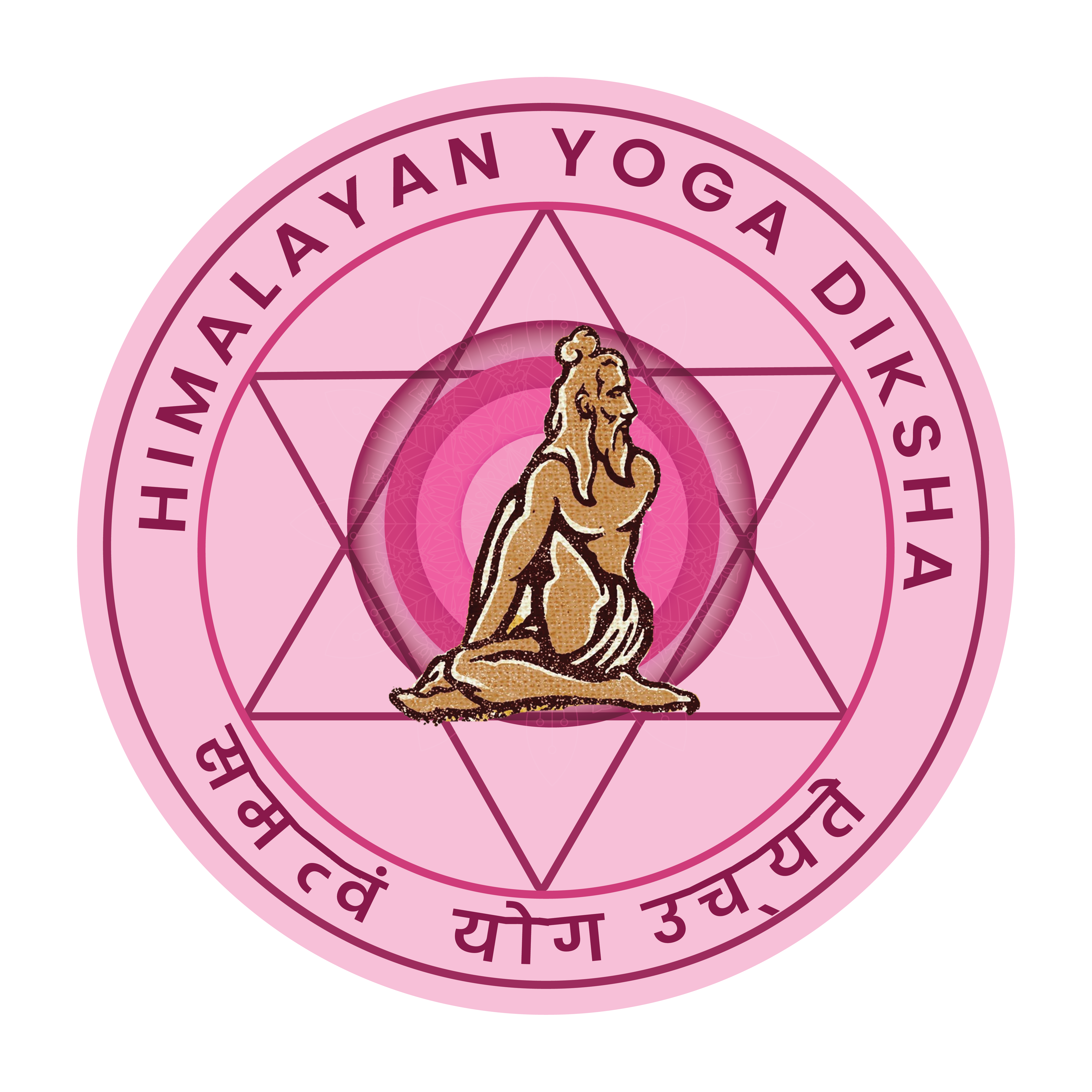100-Hour Yoga Teacher Training Course (YTTC): Deepening Your Practice and Teaching Skills
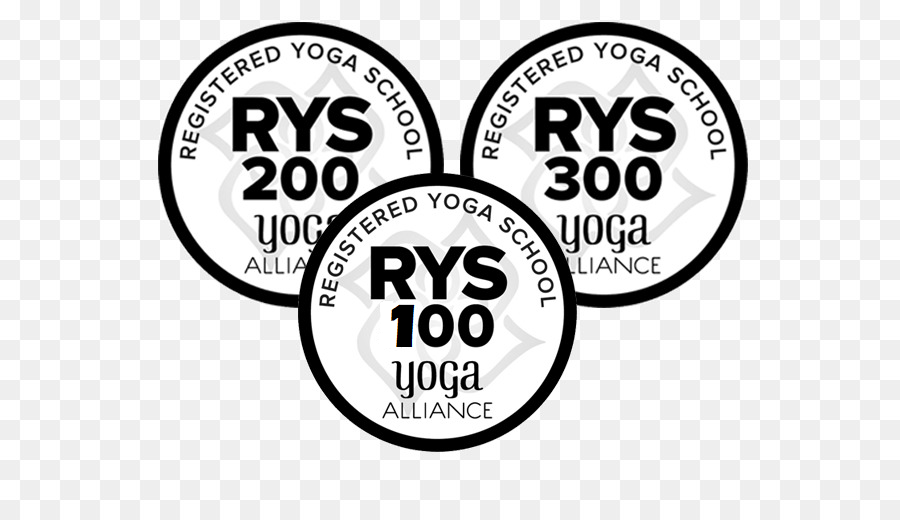
A 100-hour Yoga Teacher Training Course (YTTC) in Rishikesh can change your life. Rishikesh is a really special place in India known for yoga. It’s in the Himalayas and is famous as where yoga started. People from everywhere come here to learn because of its spiritual vibe and deep wisdom.
The Essence of Rishikesh: Exploring the Spiritual Heart of India
Yogis from all over the world love Rishikesh because it’s so beautiful and has lots of spiritual wisdom. It’s by the sacred Ganges River, surrounded by greenery and big mountains, and follows ancient Indian traditions. That’s why it’s called the “Yoga Capital of the World.” It’s the best place to really get into yoga. During a 100-hour YTTC in Rishikesh, you can expect:
- Curriculum: The course usually covers basic parts of yoga like Hatha yoga, Ashtanga yoga, breathing exercises, meditation, body structure, yoga philosophy, and how to teach yoga.
- Practice: Every day, you’ll do yoga poses with experienced teachers. They’ll help you learn and improve different poses.
- Theory: There will be talks and chats about yoga’s history, ideas, and how it fits into life today.
- Certification: Once you finish the course, you’ll usually get a certification accepted by Yoga Alliance or other groups. This lets you teach yoga anywhere in the world.
- Teaching Practice: You might get chances to practice teaching with instructors watching. It’s a great way to learn how to lead yoga classes.
- Community: In Rishikesh, you’ll be part of a lively yoga community and meet people who share your interests from all over the world.
- Cultural Immersion: In Rishikesh, you can experience a lot of culture. You can visit temples, take part in rituals, and learn about Indian traditions and customs.
Consider that a 100-hour Yoga Teacher Training Course (YTTC) typically offers a shorter program compared to the more prevalent 200-hour YTTC. It might be better suited for individuals with time limitations or those seeking to enhance their practice without a longer commitment. Nonetheless, it’s crucial to verify that the course you select is reputable, led by seasoned instructors, and encompasses the topics essential to your needs.
The Curriculum
The 100-hour Yoga Teacher Training Course (YTTC) in Rishikesh gives you a complete picture of yoga. Even though it’s shorter than other programs, it still covers everything you need to know about yoga practice and teaching. Here’s a summary of what you’ll learn:
Yoga Asanas (Postures)
- Physical Health: Doing yoga poses helps your body get healthier by making you more flexible, stronger, and balanced. When you do it often, you get stronger muscles, better breathing, and more energy.
- Mental Well-being: Yoga poses can help improve your mental well-being by relaxing you and lowering stress. They also make you more aware and focused, calming your mind and easing anxiety. Regular practice can sharpen your focus and clear your mind, giving you a peaceful and balanced feeling inside.
- Energetic Alignment: Every yoga pose aims to align and balance the body’s energy centers called chakras and energy channels called nadis. By holding certain poses and focusing on breathing and awareness in different body parts, people develop a smooth flow of life force energy called prana.
- Spiritual Exploration: Yoga poses can open the door to exploring spirituality. By doing these poses, people can connect more deeply with themselves, find inner peace, and feel closer to their inner selves.
- Adaptability and Inclusivity: Yoga poses can be adjusted for anyone, no matter their age, abilities, or body shape. Yoga is for everyone and doesn’t judge.

Pranayama (Breath Control)
- Vital Life Force: Pranayama means controlling your breath on purpose to manage the flow of vital energy, called prana, in your body. It’s a big part of yoga and helps with both physical and mental well-being.
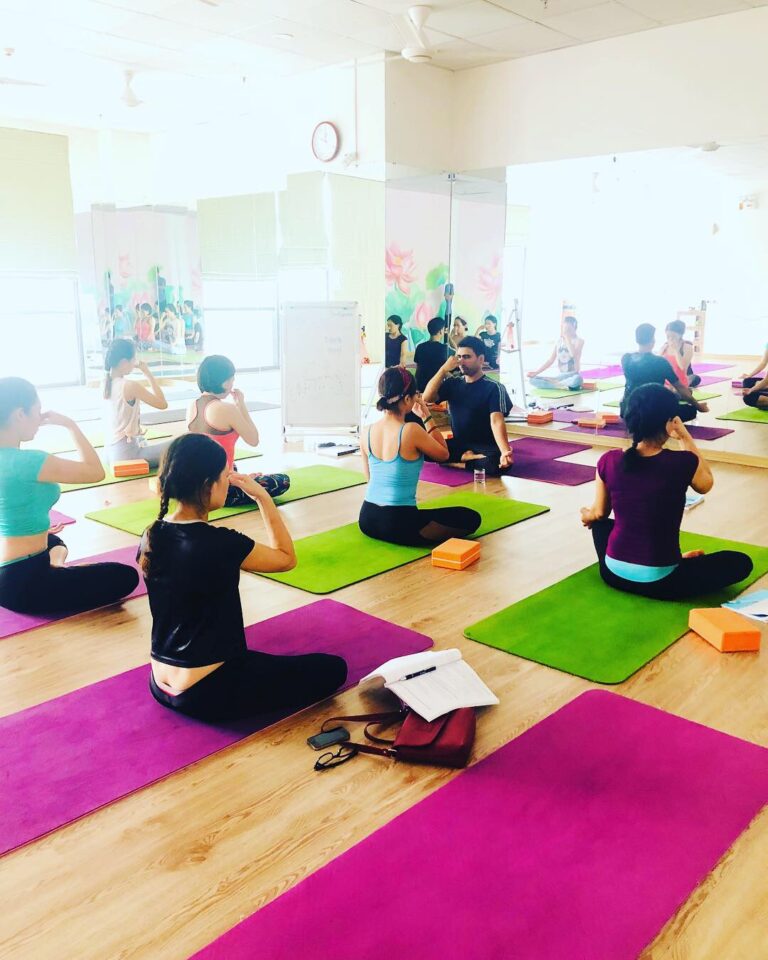
- Stress Reduction: Pranayama techniques help lower stress and promote relaxation. When you slow down and take deep breaths, it activates your body’s natural relaxation response through the parasympathetic nervous system. This helps ease tension, soothe the mind, and bring balance back to your nervous system.
- Enhanced Respiratory Function: Practicing pranayama regularly boosts your breathing health. It makes your lungs stronger, increases their capacity, and improves how your body uses oxygen.
- Mindfulness and Awareness: Pranayama helps you become more mindful and aware by focusing intensely on what you’re experiencing in the present moment. By paying close attention to your breath, you become more aware of your body sensations, thoughts, and emotions. This mindfulness improves mental clarity, concentration, and inner peace, leading to a better understanding of yourself and personal growth.
Balancing Energy: Pranayama techniques aid in balancing the energy flow in the body, specifically through the subtle channels called nadis. By controlling the breath, practitioners can balance the body’s vital energies, either calming excessive energy or stimulating depleted energy.
Meditation and Mindfulness
- Present Moment Awareness: Meditation and mindfulness practices cultivate present moment awareness, allowing individual. By focusing on the present moment without judgment or attachment to past or future thoughts, practitioners develop a deeper sense of presence and inner peace.
- Stress Reduction: Meditation and mindfulness are powerful tools for stress reduction. By training the mind to observe thoughts and sensations without reacting to them, practitioners learn to respond a new way to look at things that cause stress. Focusing on the present and reducing negative feelings.
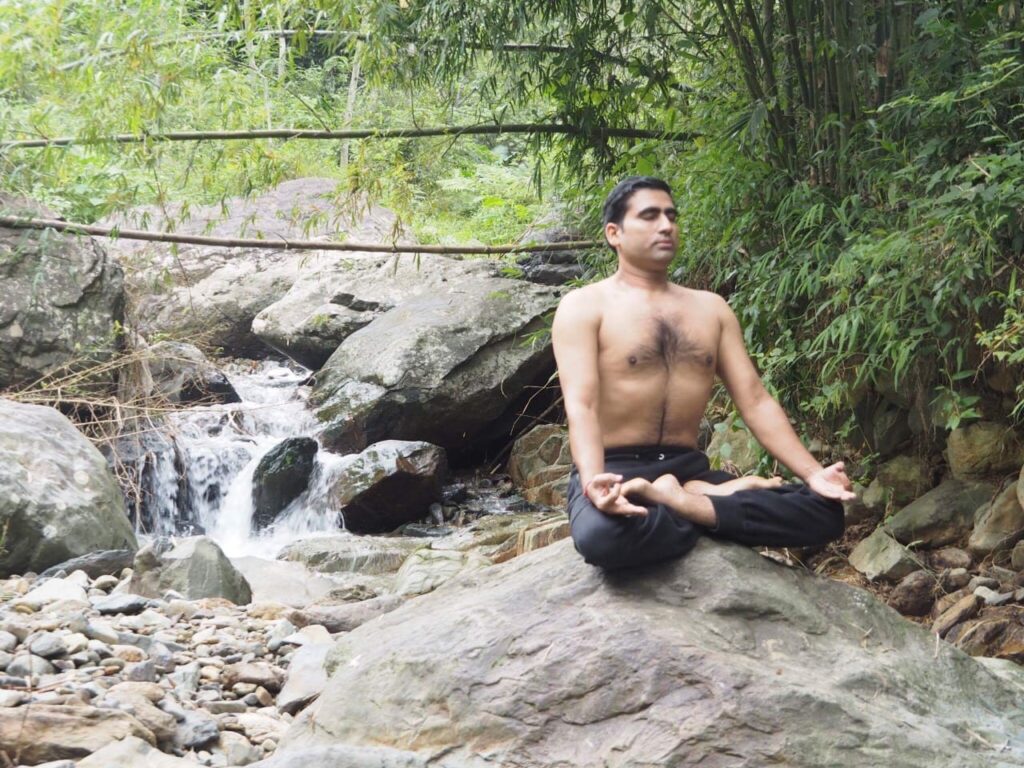
- Emotional Regulation: Meditation and mindfulness practices enhance emotional regulation by increasing self-awareness and emotional resilience. By observing thoughts and feelings meditation can give you a sense of calm, peace and balance that can benefit your emotional wellbeing and your overall health.
- Improved Concentration: Meditation and mindfulness strengthen mental focus. By the breath or a mantra, practitioners develop enhanced concentration skills that carry over into other areas of life. This improved patients, boosts productivity, creativity.
- Enhanced Well-being: Regular meditation and mindfulness practice have been linked to numerous benefits. Meditation helps you for making more self-aware, better sleep, building skills to manage your stress.
Yoga Philosophy and Spirituality
- The Eight Limbs of Yoga: Yoga philosophy includes the Eight Limbs of Yoga, as described by the sage Patanjali in the Yoga Sutras. These limbs guide us from doing things to simply being. They help us live a meaningful life. They include guidelines for ethical living (Yamas and Niyamas), physical postures (Asanas), controlling our breath (Pranayama), withdrawing our senses (Pratyahara), focusing our mind (Dharana), meditating (Dhyana), and reaching enlightenment (Samadhi).
- Oneness and Unity: Yoga philosophy teach the idea of oneness or unity, known as Advaita. It says that beyond the differences we see, there’s a deeper reality of pure consciousness where everything comes together in harmony. This understanding of unity helps us feel compassion, empathy, and a connection to everything around us.
- Self-Realization and Liberation: Yoga philosophy shows a way to understand ourselves deeply (Atma-jnana) and find freedom (Moksha) from the cycle of birth and death (Samsara). By practices like meditation, self-reflection, and devotion (Bhakti), people try to go beyond their ego (Ahamkara) and discover their true selves as pure consciousness (Atman).
- Karma and Dharma: Yoga philosophy looks into karma and dharma, which guide how we behave morally and ethically. By doing selfless actions in line with dharma (called Karma Yoga), people can improve their karma and move forward on their spiritual journey.
- The Guru-Disciple Relationship: In yoga philosophy, the bond between guru and disciple is crucial for spiritual growth. By accepting the guru’s teachings and embodying traits like humility and devotion, disciples can speed up their spiritual progress and grasp the teachings more deeply.
Anatomy and Physiology
- Understanding Body Mechanics: Knowing about anatomy and physiology is vital for safely and effectively practicing yoga. It helps us understand how the body works, including joints, muscles, and movements. With this knowledge, we can do yoga poses properly, avoid injuries, and get the most out of each pose.
- Awareness of Muscle Engagement: Studying anatomy and physiology helps yoga practitioners become aware of how muscles work during practice. Knowing which muscles are used in each pose allows practitioners to engage and release them consciously. This improves strength, flexibility, and alignment, leading to better performance.
- Prevention of Injuries: Understanding anatomy and physiology helps yoga teachers and practitioners recognize possible areas where injuries could occur and take steps to prevent them.
- Breath and Circulation: Knowledge of anatomy and physiology also highlights the significance of breath and circulation in yoga. Understanding how the respiratory and cardiovascular systems work helps practitioners see the importance of breath control (pranayama) in managing energy flow, oxygenating the blood, and inducing relaxation.
- Mind-Body Connection: Studying anatomy and physiology enhances our comprehension of the mind-body link in yoga. Delving into neurological pathways, the endocrine system, and stress response mechanisms gives practitioners insight into how yoga techniques like meditation, mindfulness.
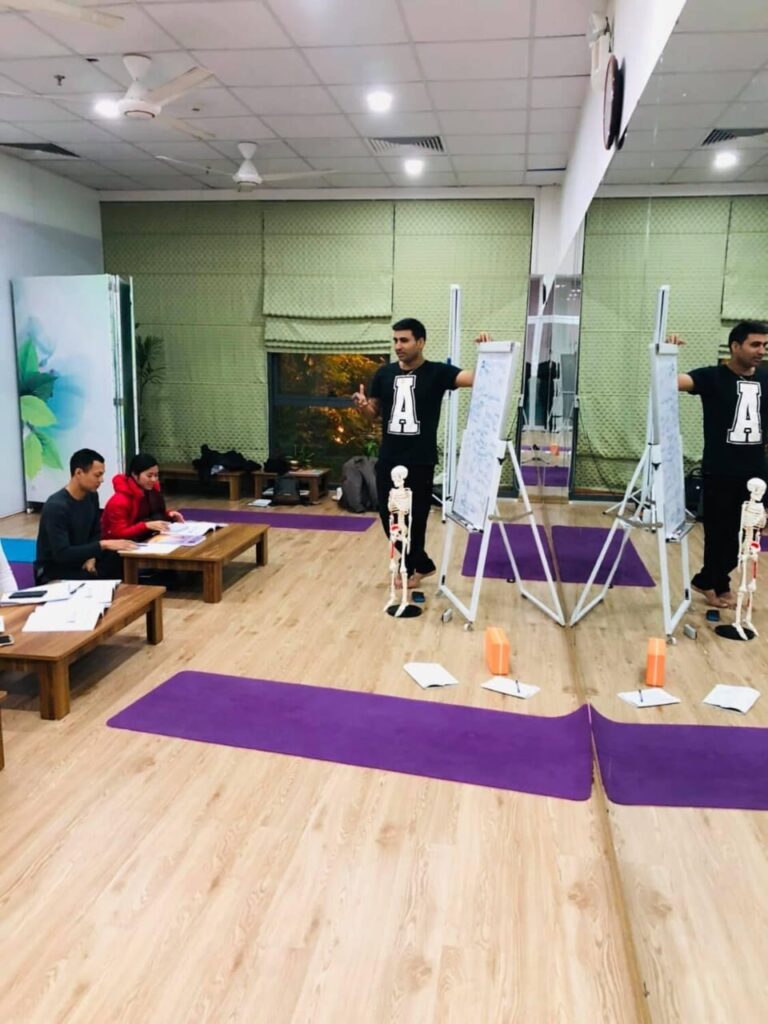
The Practice Environment
A special feature of a Yoga Teacher Training Course (YTTC) in Rishikesh is its immersive learning environment. With the stunning Himalayan foothills and the sacred Ganges River as the backdrop, students feel deeply connected to nature and themselves. This peaceful setting encourages self-reflection, introspection, and spiritual development.
Certification and Beyond
After finishing the 100-hour Yoga Teacher Training Course (YTTC), participants earn a certification acknowledged by Yoga Alliance or other respected organizations. This certification not only confirms their expertise as yoga teachers but also enables them to spread yoga’s benefits worldwide. Whether students aim to teach professionally or enhance their personal practice, the YTTC provides a strong starting point for their future endeavours.
Conclusion
A 100-hour Yoga Teacher Training Course (YTTC) in Rishikesh is more than just a class; it’s a profound and life-changing adventure. Here, you get to learn ancient yoga teachings, meet people who share your interests, and explore your inner self deeply. With the majestic Himalayas and the sacred Ganges River as your backdrop, you embark on a journey of self-discovery and spiritual growth. Rishikesh is a peaceful place full of wisdom and spiritual energy, making it the perfect spot for this inner journey. It’s an unforgettable experience that changes lives.
Yoga TTC Rishikesh date fee for booking
[table id=3 /]
